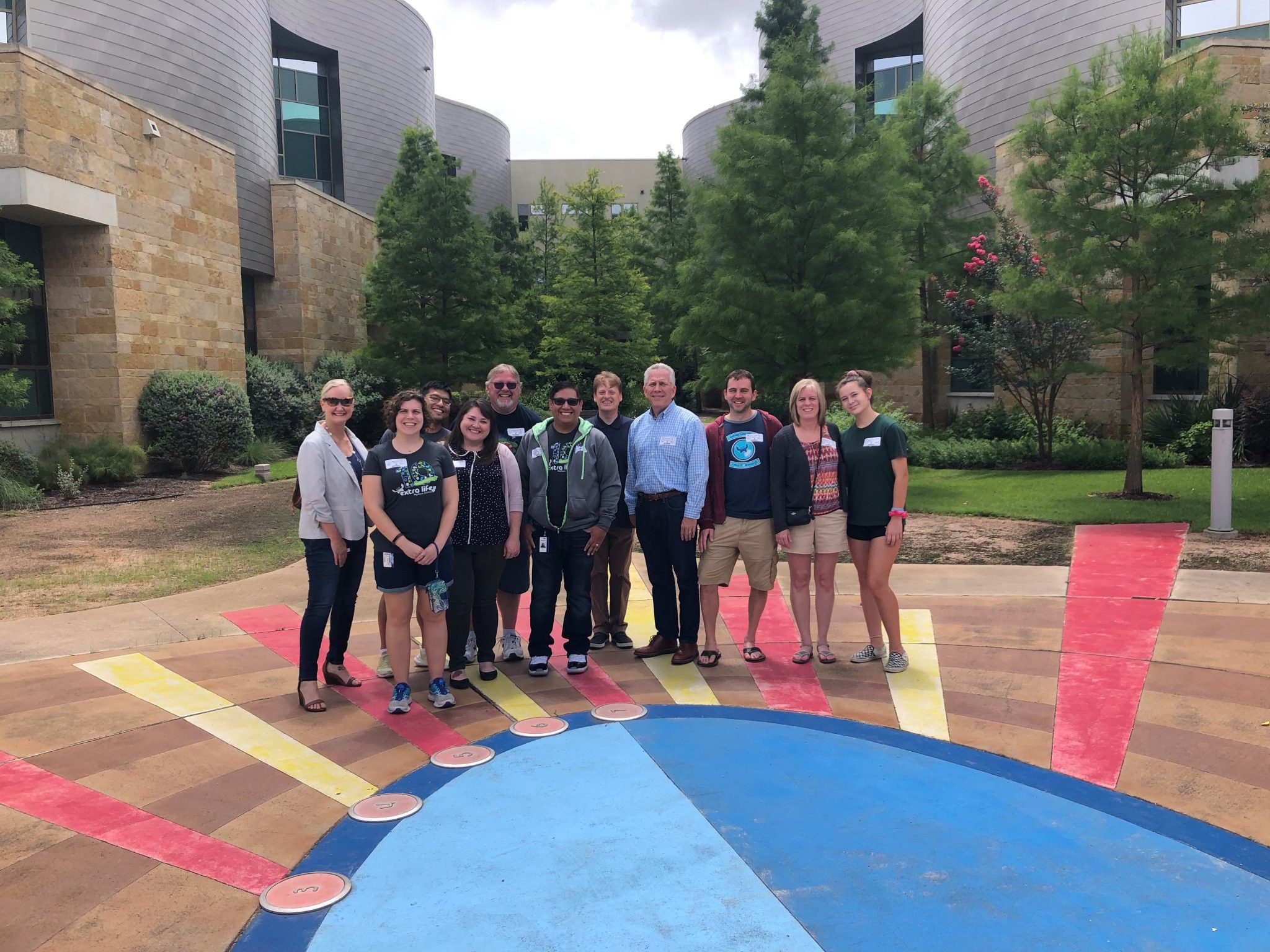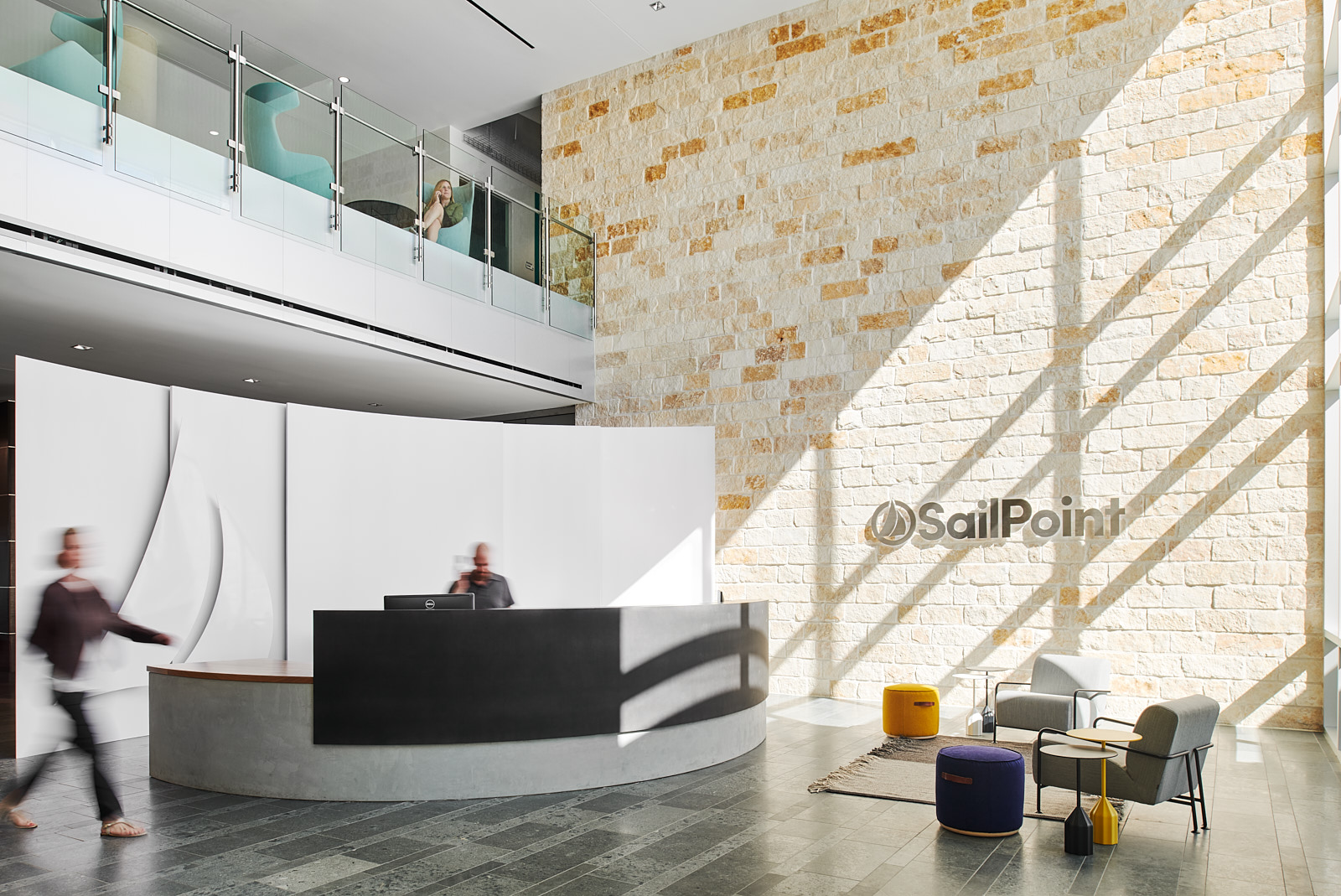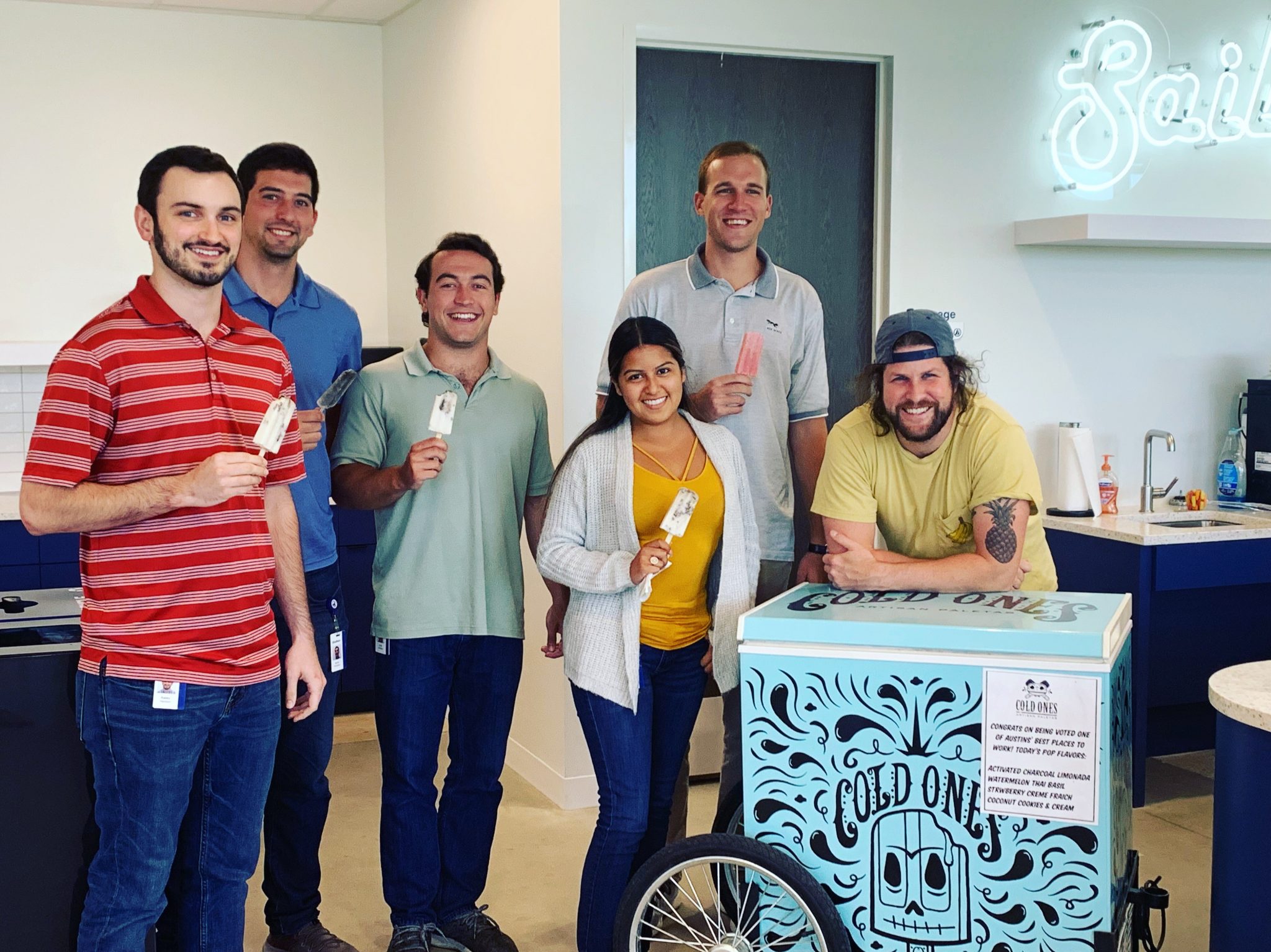As businesses grow increasingly complex, SailPoint’s innovative culture ensures it is always considering “what’s next” in security. Driven by a passion for solving our customers’ most pressing security and identity challenges, SailPoint’s employees, known internally as “the crew,” constantly work to expand their understanding of the relevant components of governing identity to deliver seamless solutions.

SailPoint doesn’t credit a stroke of luck or “one big idea” for agility and ingenuity. Innovation doesn’t happen in fits and starts – organizations need to weave it into the fabric of their companies’ cultures. When Mark McClain co-founded SailPoint in 2005, he made the thoughtful strategic decision to include innovation as one of the company’s four core values.
Just as importantly, he made sure crew members understood that the values are more than just words on a page of the Employee Handbook. SailPoint’s leadership team led by example, reinforcing the company’s values and culture around every corner and at every stage of growth. The message became clear: Every crew member is an innovator.
More than 15 years later, SailPoint’s team members come to work every day prepared to think creatively about how to develop solutions to address real customer challenges. Anytime crew members engage in a collaboration session or hear a new perspective, they’re collecting valuable intelligence that they can potentially apply to solve a challenge.

SailPoint crew members also recognize that innovation is more than delivering groundbreaking technology to support customers and partners. News headlines tend to focus on major, game-changing technological advancements and industry disruptions, but the quiet delivery of new and better ways of doing things is often just as valuable and far more common. By making innovation a fundamental pillar of the company’s culture, team members recognize that opportunities to innovate are everywhere.
SailPoint supports its crew by removing barriers to innovation wherever possible. Office spaces feature design elements that foster collaboration and creative thinking. Leaders encourage their team members to test new or different ideas – and to keep looking at the problem that needs to be solved from every angle to find the ideal solution.
SailPoint crew members pride themselves on staying nimble. When the pandemic forced office spaces to close indefinitely, crew members based outside of the Austin area and already fully remote jumped in to share their best practices with teammates. Everyone made an effort to keep the SailPoint culture strong and came up with creative ways to stay connected virtually, whether through online trivia nights, movie-watch parties, or happy hours.
When virtual collaboration and meeting fatigue kicked in, SailPoint introduced “Free2Focus” time, which frees up four meeting-free hours per week. Just as collaboration is essential to innovation, so is meeting-free time. It ensures crew members have a chance to absorb what they’re hearing and think creatively about potential solutions. Now that meeting in person is again possible in various regions around the world, our teams are adopting a hybrid work model. Since all crew members have experienced what it means to work in a remote setting, they understand the importance of investing in a work environment that fully includes every teammate and offers everyone the opportunity to contribute in an innovative way.
There will always be unforeseen hurdles to navigate. When facing uncontrollable external factors, SailPoint works to manage the tensions of those problems while being programmatic about seizing opportunity. Crew members refer to the approach internally as “SAILon.” This approach serves as a rallying cry to persevere and excel through challenging times and has led the organization to develop an innovative and evolving vision for reimagining work.

Tips for activating a culture of innovation in any organization
Ask a hundred people what innovation means to them, you’ll probably get one hundred different answers.
Technology.
Products.
Disruption.
New ideas.
Creative problem-solving.
Improvement.

Clearly, innovation is or has been all of the above. At SailPoint, innovation is a mindset. It’s a value. It’s a goal. It’s the responsibility of every crew member to make real-life improvements.
When we look for people to join our team, we look for people who are willing to go out on a limb. People who think creatively. People who practice active listening. People who aren’t afraid to voice their opinions (respectfully, of course). And perhaps most importantly, we look for people who have what it takes to act on creative thoughts and turn them into solutions.
As a leader, you need to define what innovation means – beyond the scope of your tech and product teams – to truly embed innovation in your organization. Define how every person in every role at your company can be innovative in his or her job. How can your HR team members improve how they onboard new employees? How can your finance team make submitting and approving expenses less time-consuming? Communicate and reinforce that message. Highlight and celebrate team members who have innovated successfully.

Once your culture encourages innovation, make sure you clear the hurdles that may get in your way. Do team members have an easy way to surface new ideas? How does the business decide which innovative ideas it will carry forward? Do you have funding set aside to develop these ideas? Do team members have time to collaborate and brainstorm, or are they stretched too thin? Make sure the overall work environment supports employees if you want your culture to activate innovation.
Henry Ford is often wrongly attributed with saying, “If I had asked people what they wanted, they would have said faster horses.” It’s catchy, but there’s no indication he ever uttered those words. In fact, he’s on record in Dale Carnegie’s book How to Win Friends and Influence People as saying something very different:
“If there is any one secret of success, it lies in the ability to get the other person’s point of view and see things from that person’s angle as well as from your own.” – Henry Ford

Listen to other points of view so that you have a 360-degree view of the problem you’re trying to solve. You also must pay attention to the source – as we all know, just because a person is the loudest one in the room does not mean he or she speaks for everybody. To be successful, you need to spend your time and resources focusing on solving the problems that will benefit the majority of your customers.
“Think about what you want to be known for. Leave it better than you found it. Find better ways to deliver solutions to customers without leaving a mess in your wake. Often, innovation is a silent hero giving us new and better ways to do things without us even realizing it.”– SailPoint’s CEO, Mark McClain














